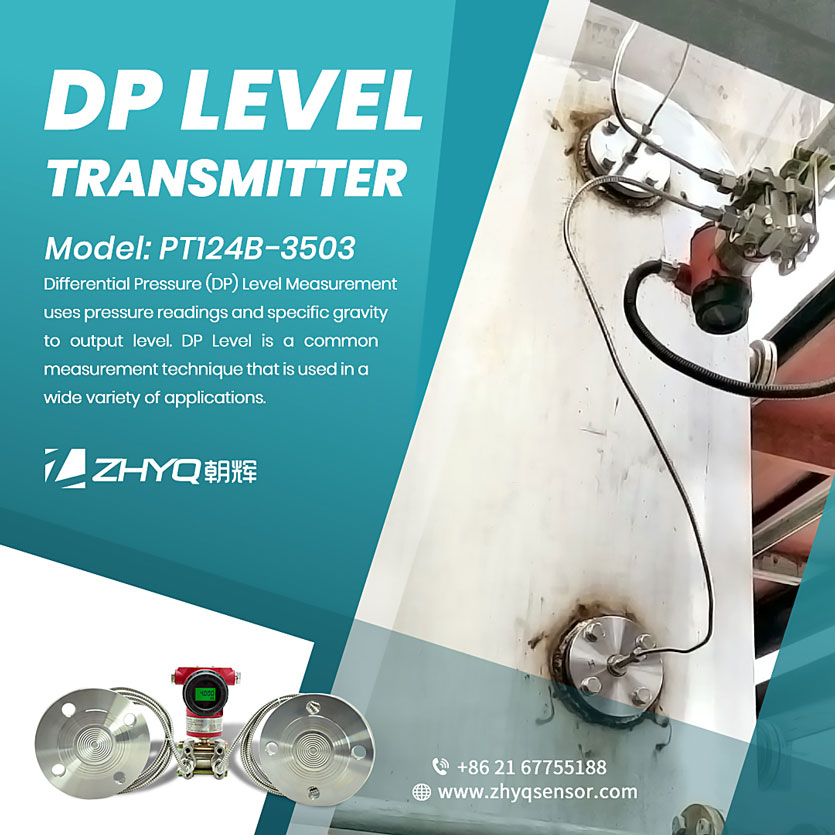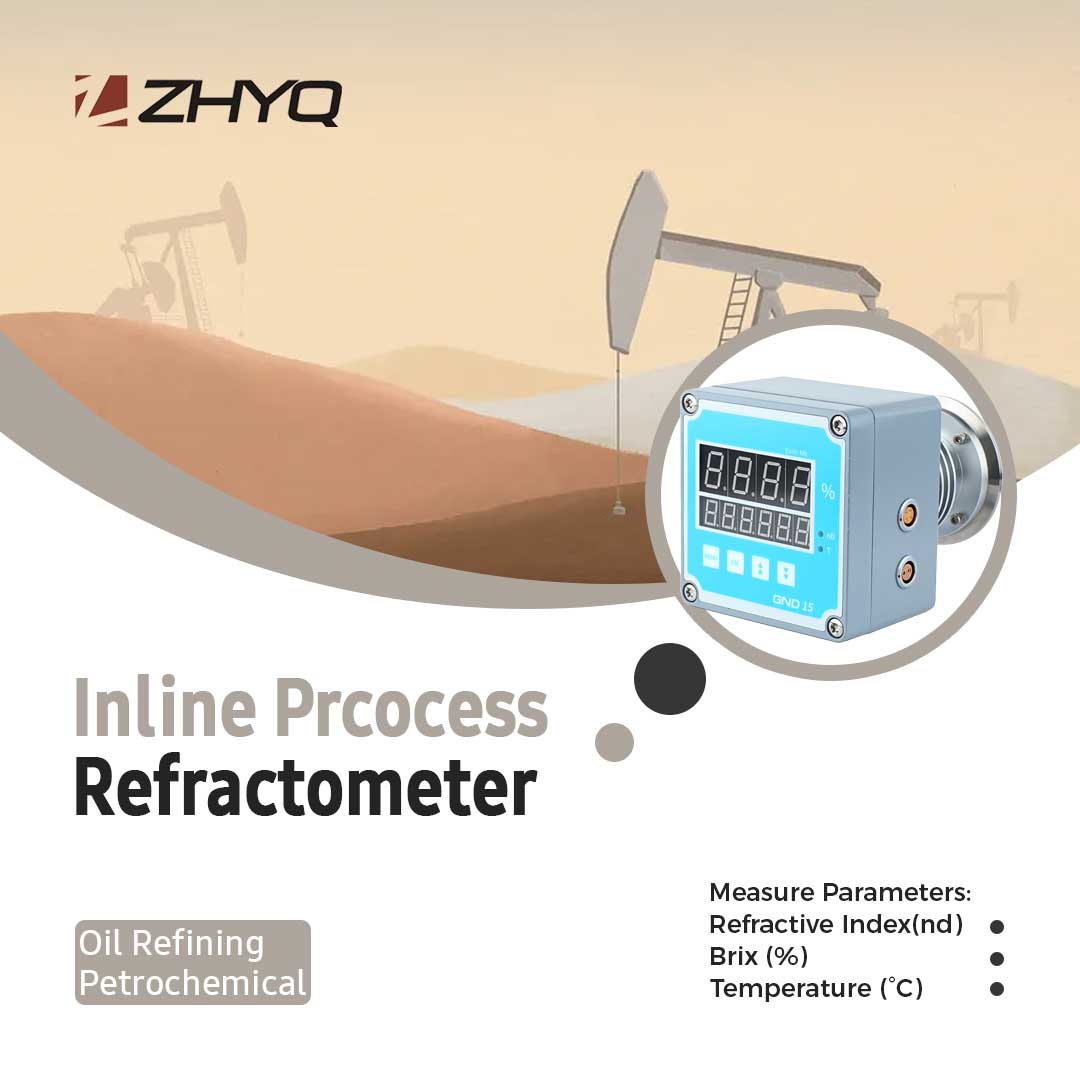
- Pressure Sensor, Pressure Transducer, Pressure Transmitter


- 2024-11-13
- Zhyq
- 49
In the textile printing and dyeing industry, inline refractometers play an important role in precise control!
The application of inline refractometers in the printing and dyeing industry is mainly focused on real-time monitoring and control of liquid concentration. The production process of the printing and dyeing industry involves a large amount of chemicals and dye solutions. Accurate concentration control is crucial to the quality of the final product.
1. Concentration monitoring of dye solution
During the dyeing process, the concentration of the dye solution has an important impact on the final dyeing effect (such as color depth, uniformity, etc.). Inline refractometers can monitor the dye concentration in the dye solution in real time and adjust it automatically. This helps:
1.1 Maintain consistency in dyeing effect: Ensure that the dye concentration of each batch is consistent to avoid color differences.
1.2.Improve dyeing efficiency: By monitoring the concentration in real time, dye waste can be avoided and the efficiency of the dyeing process can be ensured.
1.3.Reduce manual errors: Online measurement can reduce the errors of manual sampling and measurement and ensure the accuracy of the dye solution concentration.
2. Chemical auxiliaries concentration monitoring
Various chemical auxiliaries are often used in the printing and dyeing process, such as dyeing auxiliaries, softeners, color fixers, etc. The concentration of these auxiliaries directly affects the dyeing effect and the quality of textiles. Inline refractometers can monitor the concentration of these auxiliaries in real time to ensure that they are always kept within the appropriate range during the production process. Specific functions include:
2.1.Ensure the effectiveness of auxiliaries: Too low auxiliaries concentration may lead to poor dyeing effect, while too high concentration may lead to excessive chemical residues and affect the quality of fabrics.
2.2.Improve production efficiency: By measuring and adjusting the auxiliaries concentration online, the test and adjustment time can be reduced and the best effect can be achieved quickly.
3. Bleach concentration monitoring
Bleaching is a common process in the printing and dyeing process. Accurate control of bleach concentration is crucial to ensure the color and uniformity of the fabric. Inline refractometers can monitor the concentration of bleach to ensure stable bleaching effect and avoid over- or under-bleaching. The specific functions include:
3.1.Optimize the bleaching process: adjust the concentration of the bleaching solution according to real-time data to ensure uniform bleaching without excessive damage to the fabric.
3.2. Save the amount of bleach used: through real-time monitoring, avoid wasting bleach due to excessive bleaching concentration.
4. pH monitoring
During the dyeing process, pH has an important influence on the adsorption and color fastness of dyes. Some dyes need to be dyed under specific pH conditions. Inline refractometers can be combined with other sensors (such as pH sensors) to monitor the pH of the dye bath and optimize the dyeing process.
4.1.Optimize dye bath conditions: adjust the formula of the dye bath according to the real-time detected pH to ensure maximum adsorption of the dye.
4.2.Ensure dyeing stability: Too high or too low pH will affect the dyeing effect. Real-time monitoring helps maintain dyeing stability.
5. Concentration control of textile pretreatment liquid
Textiles often need to be pretreated before dyeing (such as cleaning, softening, etc.). The concentration of various pretreatment liquids used at this time directly affects the subsequent dyeing effect and the feel of the fabric. Inline refractometers can detect the concentration of these pretreatment liquids in real time to ensure process stability and product consistency.
5.1.Ensure pretreatment quality: By controlling the concentration of the pretreatment liquid, ensure that each batch of fabrics is properly pretreated to avoid uneven dyeing or fiber damage.
5.2.Save chemicals: Accurate concentration control can avoid excessive use of chemicals and reduce costs.
6. Monitoring the concentration of finishing liquid
During the finishing stage of the printing and dyeing process, the fabric may need to be treated with finishing liquid (such as softener, setting agent, etc.). Inline refractometers can monitor the concentration of the finishing liquid in real time to ensure the stability of the finishing effect. Specific functions include:
6.1.Optimize the finishing effect: Keep the concentration of the finishing liquid within the ideal range to ensure that the feel and appearance of the fabric meet the requirements.
6.2.Reduce waste and waste: By accurately controlling the concentration of the finishing liquid, avoid excessive use of chemicals and reduce production costs.
7. Concentration monitoring in wastewater treatment
Wastewater treatment is an important part of the printing and dyeing industry, especially when dealing with dyes, chemical additives and other components in wastewater. Inline refractometers can be used to monitor the concentration of dissolved solids in wastewater. Through real-time data, production personnel can:
7.1.Optimize wastewater treatment process: adjust the amount of chemicals added in wastewater treatment to improve treatment efficiency.
7.2.Ensure environmental compliance: Ensure that the concentration of harmful substances in wastewater meets emission standards and reduce environmental pollution.
Leave Your Inquiry
Your email address will not be published. Required fields are marked *


